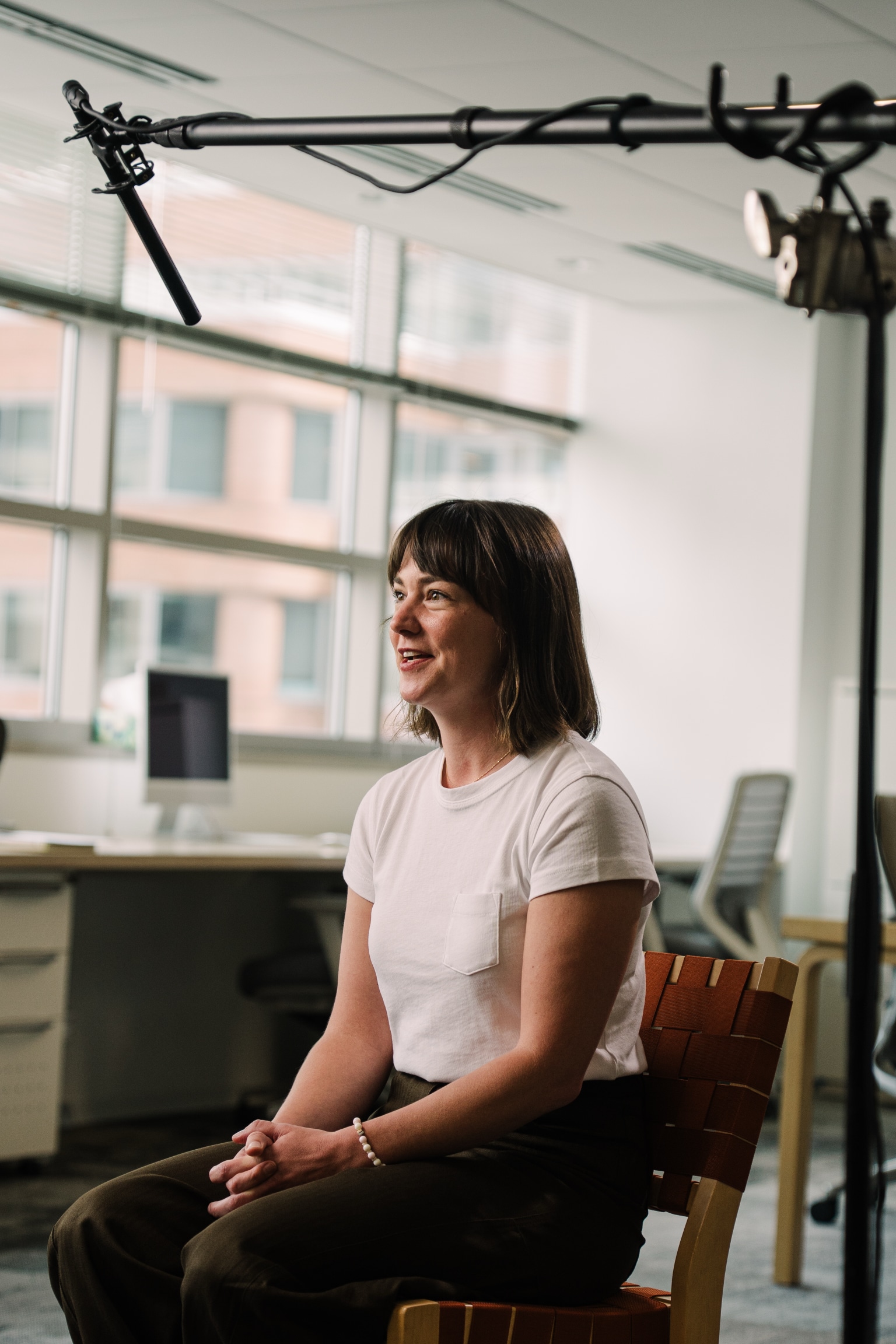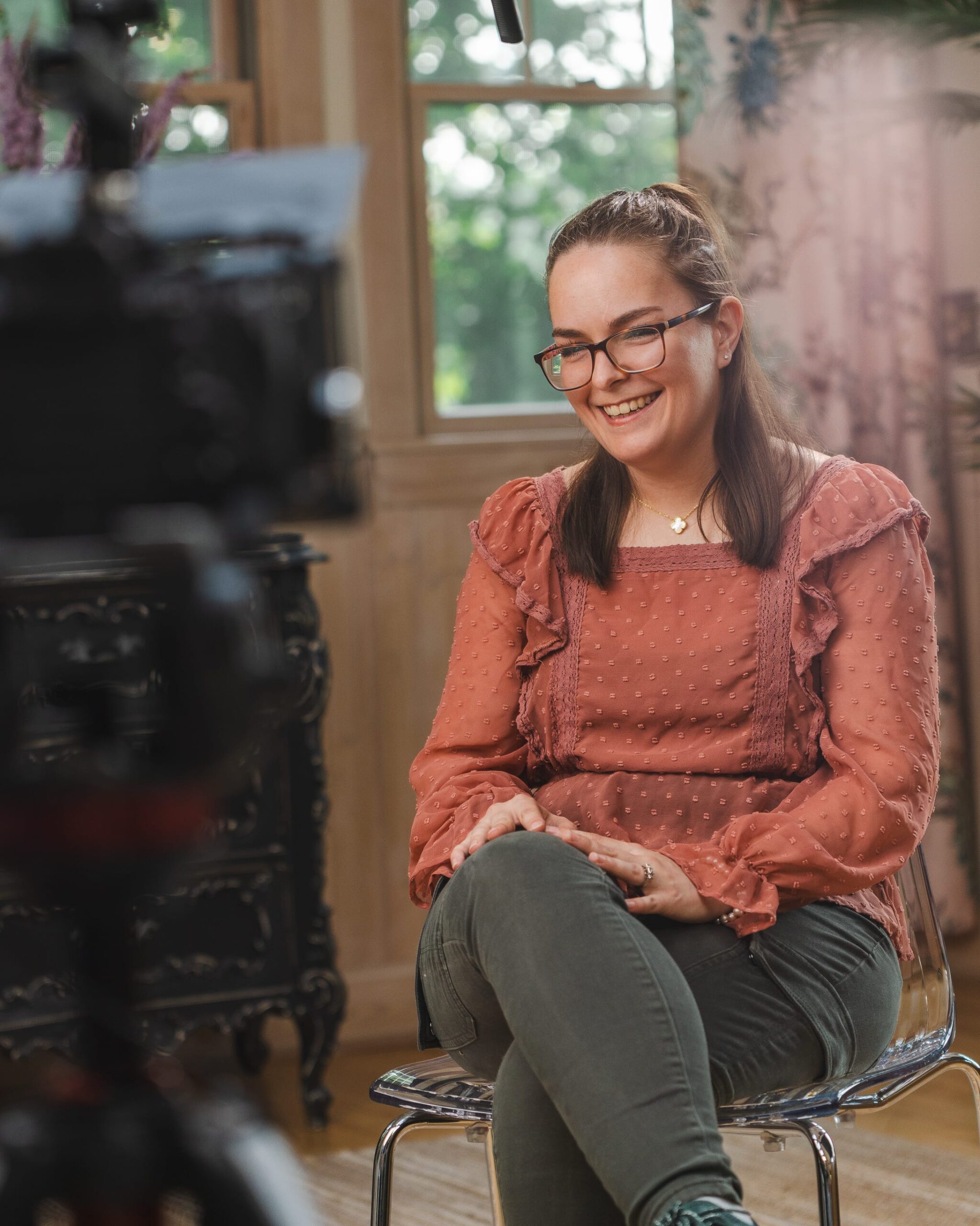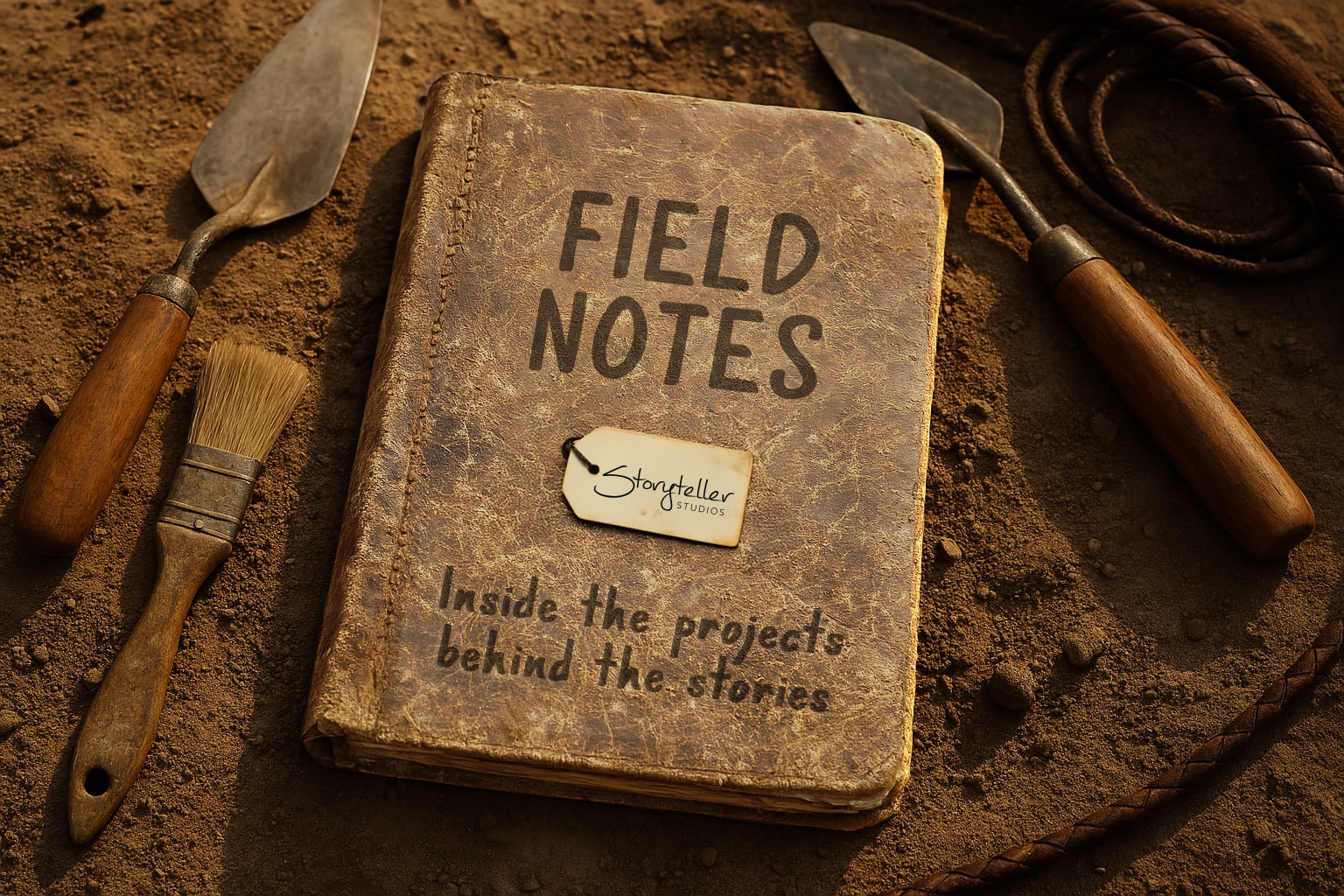The Mad Men era. Advertising’s golden age. A time when marketing wasn’t just about products. It was about crafting stories so compelling, people bought cars for freedom and soda for world peace.
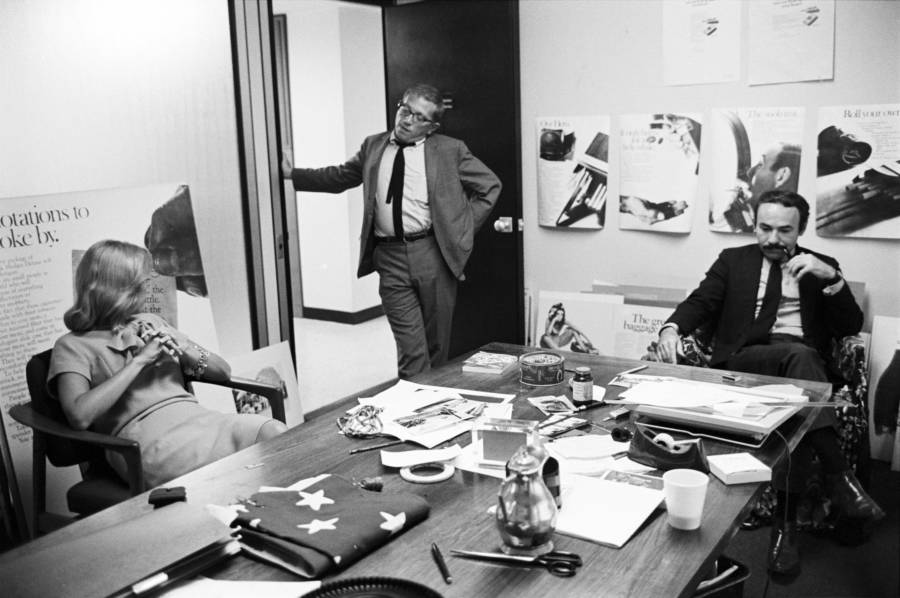
The 1960s were all about big ideas. Advertising agencies realized facts alone wouldn’t always sell a product, but a compelling story would. Campaigns from this era didn’t sell facts or features, they sold lifestyles, dreams, and occasionally, outright fantasies that made people feel part of something bigger.
Take Schweppes’ “Schhh… You Know Who” campaign. In the 1960s, Schweppes wasn’t just advertising tonic water, they were selling sophistication. With minimal dialogue and the sound of a bottle opening, Schweppes positioned itself as the drink for those in the know. It wasn’t about the product, it was about feeling like you belonged in a James Bond movie.
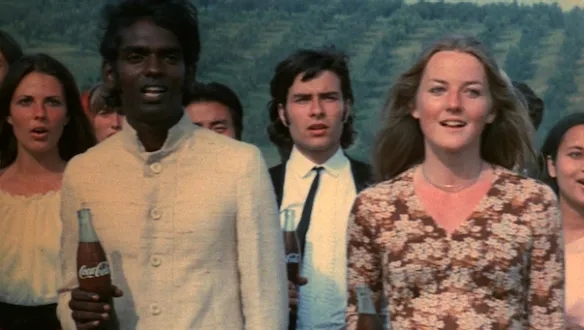
Another standout was Coca-Cola’s “I’d Like to Buy the World a Coke.” It wasn’t about ingredients, flavor, or packaging. It was about unity and harmony, all inspired by a fizzy drink. Coca-Cola tied its brand to a hopeful message that resonated deeply in the context of the time, creating emotional connections far beyond the product itself.
Today, storytelling remains the secret sauce. Taylor Swift’s Eras Tour is proof. Like the admen of the 1960s, Swift knows it’s not just about the songs, it’s about the stories. The Eras Tour isn’t a concert. It’s a journey through her career. Each era is a chapter, and Swift fans? They’re the co-authors of her success. (And they’ll fight anyone who speaks ill of her.)
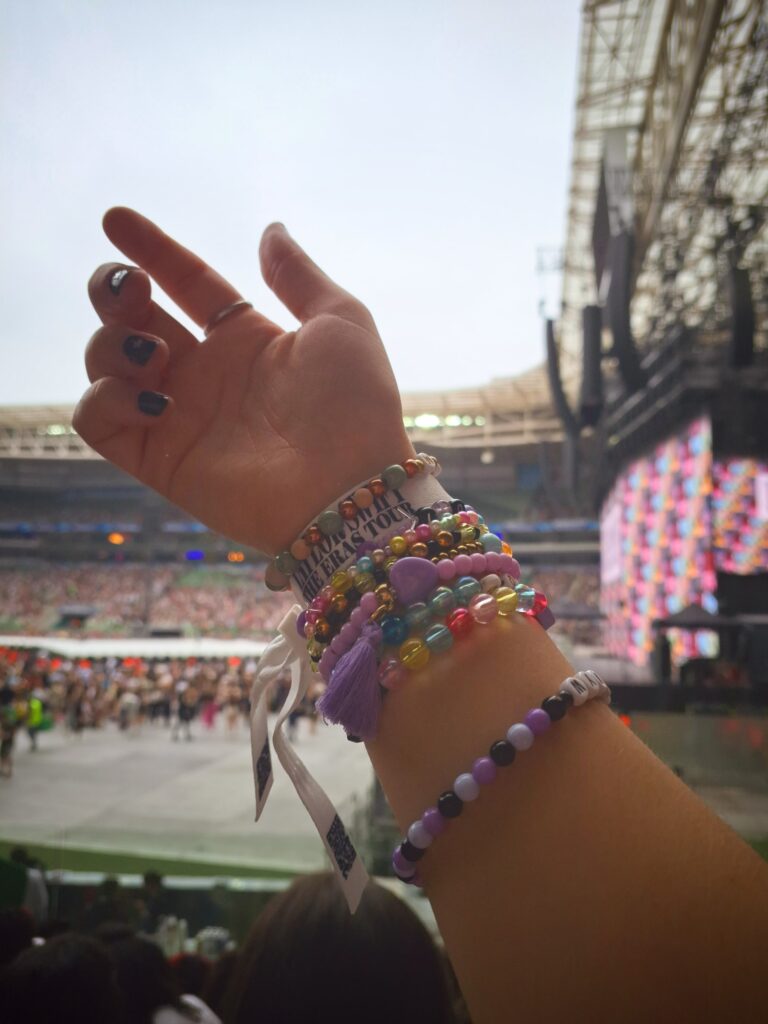
Swift sells connection. Her storytelling weaves narratives that transcend music, proving that the core motive of storytelling, whether in marketing, music, or even your uncle’s exaggerated fishing tales, remains the same.
No matter the era, the tools, or the platform, the best stories won’t just inform, they will invite, inspire, and remind us of our shared humanity.
Storytelling, in all its forms, will always be our first language.
Become A Better Marketer Storyteller
Great storytelling relies on mysteries and reveals, and I have one for you now.
You’ve read The First Language. You understand the power of storytelling more deeply than you ever have before. Now comes the big question: How do we apply it to our work?
That’s where the Workbook comes in. It’s built to help you turn these ideas into action, whether you’re marketing, fundraising, or simply trying to move people. And as a bonus, the eBook includes three extra chapters you won’t find anywhere else: Graffiti. Jokes. Magic.
👉 Download the eBook & Workbook
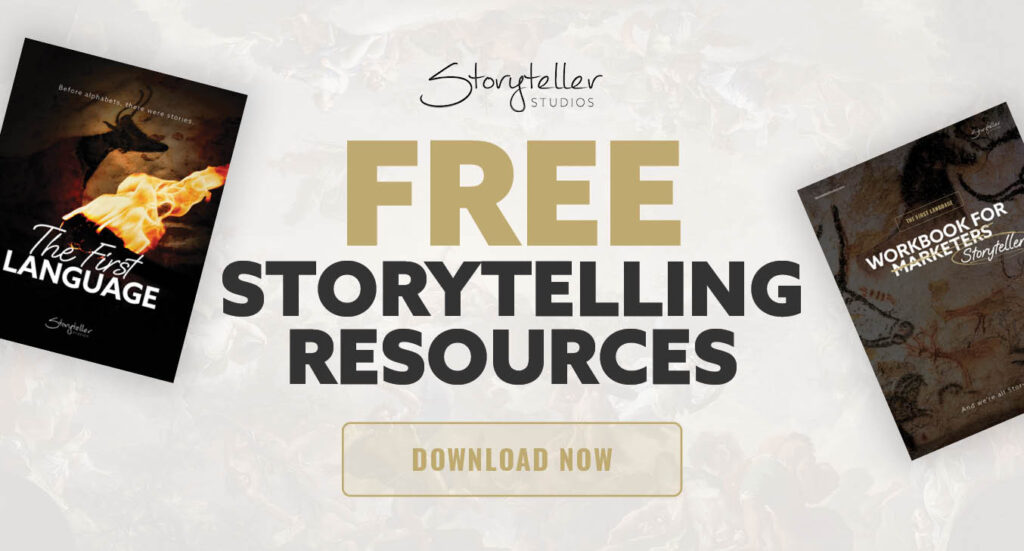
I’d love to hear your thoughts, questions, or how you’re applying these ideas. Feel free to reach out via email, or if you’re interested in booking me to speak or work with your team, let’s talk.

Josh Hester, Founder & Executive Producer
READ LATEST
the
we're storyteller studios
documentary-style film for brands & causes
In 2013, we started leveraging the power of documentary-style film for brands and causes in our hometown of Springfield, Illinois (hence our affinity for Lincoln).
Since then, we’ve worked with clients nationally and traveled to cities including Chicago, St. Louis, Kansas City, Indianapolis, Louisville, and Des Moines.
No matter where you are, we’d be honored to serve your brand next.
featured post
3 Must-Have Ingredients for Marketing Videos That Work
Every effective marketing video relies on three essential ingredients that make it resonate with audiences and drive results—discover what they are and how they can make your next video project a success.
